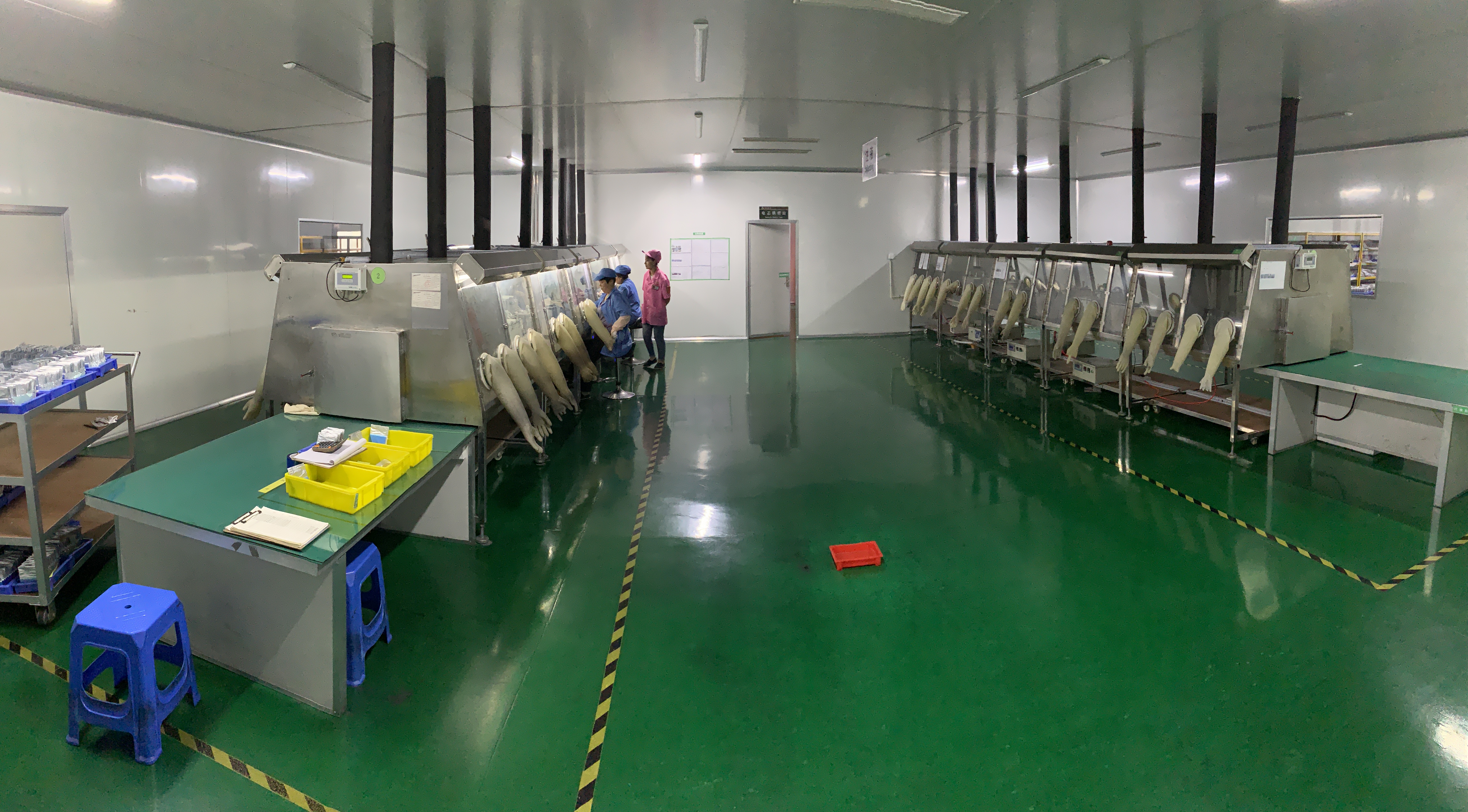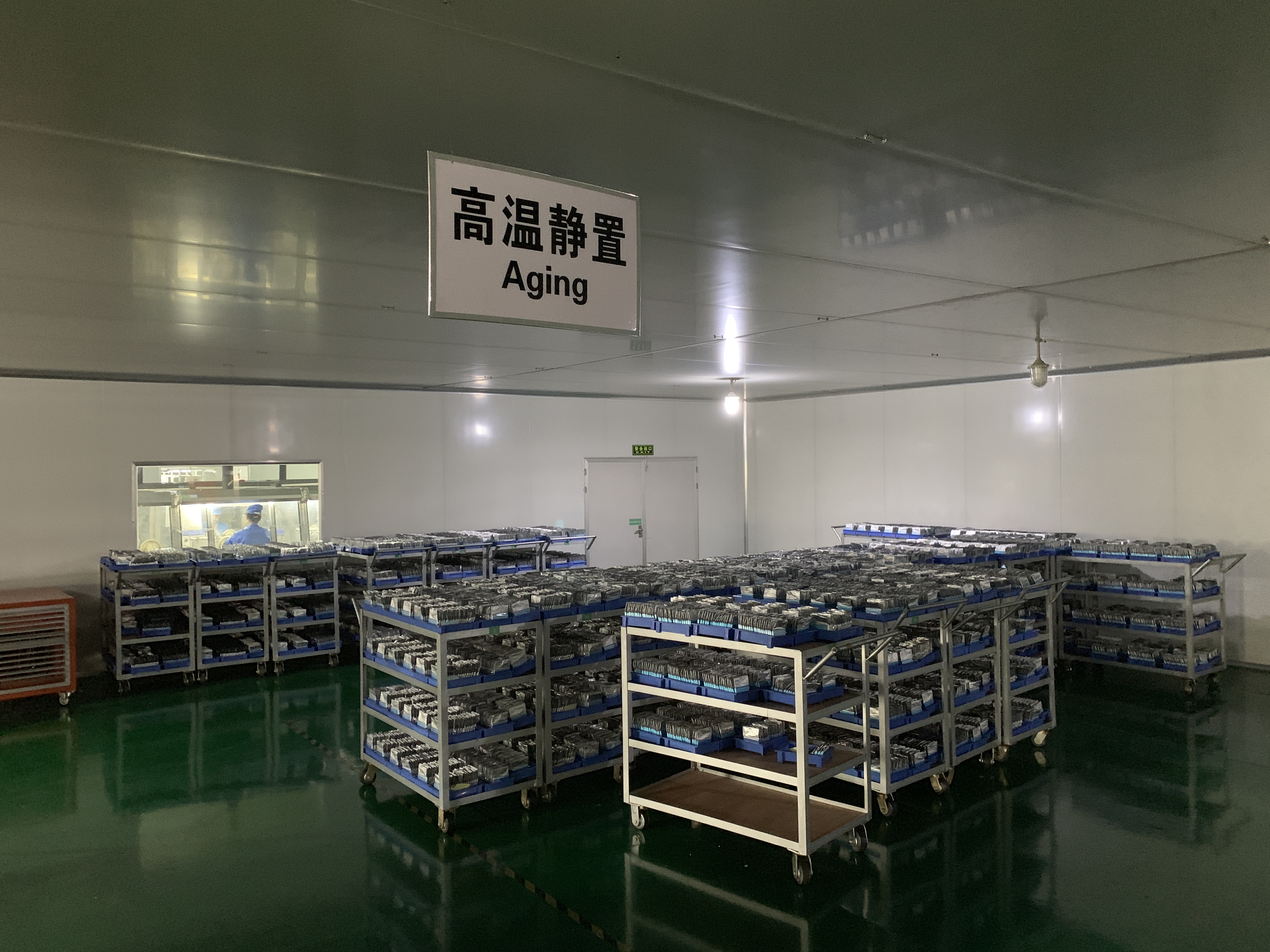正极和负极材料
2020-03-19 15:28:29
Based on the thermodynamic considerations of the electrolyte, the redox energy of the cathode and anode must be in the energy band gap of the electrolyte. In this way, no oxidation and reduction side reactions of the electrolyte will occur during the charge and discharge process. The positive electrode and the negative electrode are theoretically guaranteed in the range of the chemical window for good cycle stability, low self-discharge rate, and long shelf life.
The chemical window of the electrolyte is jointly determined by the chemical stability window of the lithium salt and the solvent, which are related to the reduction stability and oxidative stability of the two, and sometimes related to the interaction between the lithium salt and the solvent.

The development of positive and negative electrode materials is largely limited by the electrolyte. The band gland of the electrolyte is Eg, and the energy of its lowest unoccupied molecular orbital (LUMO) is lower than that of Li / Li , which indicates the current electrolyte body. The system is thermally incompatible with lithium metal (due to the existence of the SEI layer on the negative electrode surface, which results in "compatibility" in the actual system, this compatibility is thermostable in terms of thermodynamics). There is a difference in Li potential. For example, if the negative electrode deintercalation lithium balance potential is 0.5V (vs Li / Li ), then the energy difference between the negative electrode and Li / Li is 0.5eV; the energy difference between the LUMO and Li / Li of the electrolyte is generally 1.5eV, then, the surface of the negative electrode must form an SEI interface capable of resisting a voltage difference of 1.0V. As long as the equilibrium deintercalation lithium potential is lower than 1.5V (vs Li / Li ), SEI exists on the surface of the negative electrode; the absence of SEI on the surface of the LTO material is one of the reasons for its better cycle stability than carbon-based materials.
The energy position of most of the cathode materials currently studied is slightly lower than HOMO (highest occupied molecular orbital), and materials such as LiNiPO4 have much lower HOMO, so this material is not suitable for the current electrolyte system. it is completely possible to have a one-layer surface film on the surface of the positive electrode; studies using precious metal electrodes have shown that, in fact, stable solvents that appear to be slow also occur below 4V This conclusion also implies the possibility of a special surface film on the surface of the positive electrode. In addition, the figure also shows that the development of a new high-voltage high-energy-density lithium-ion battery must first develop an electrolyte system with a larger band gap, and then develop a high-voltage positive electrode material that can form a stable EEI layer.
A high potential window means that the salt and solvent in the solution are also in a high oxidation state, which also implies that the salt and solvent have a high reactivity to the negative electrode. For highly active negative electrodes, low solvents and low oxidation state salts such as ether and PEO are required, which in turn limits the upper limit of oxidation (generally, the working voltage of ether and PEO cannot be higher than 4V), in other words, with higher working potential The positive electrode compatible electrolyte system is likely to have poor compatibility with the negative electrode.
In anode materials, carbon materials are difficult to replace (here refers to ordinary civilian lithium-ion battery systems). Although some researchers believe that some lithium alloys and lithium intermetallic compounds have broad practical application prospects, this requires a premise, that It is the revolution of electrolyte. The volume change and voltage hysteresis during the de-intercalation of lithium will limit their use environment. The possibility of application in all-solid-state lithium-ion battery systems is greater than that in lithium batteries of liquid electrolyte series.

Purely from the perspective of inorganic chemistry, as long as the material meets the following conditions, it may be used as a lithium-inserted material: a channel for lithium ion de-intercalation and a space for containing lithium ions; there are elements in the composition that can have different oxidation states (may (Metal or non-metal). However, there is also a new view that it is no longer necessary to have open materials with good electronic and ionic conductivity, such as stoichiometric Cu2O, V2O5, and V2O4. Single-phase Cu2 can be obtained by sintering under vacuum at 540 ° C. .33 V4O11 material.
The research on lithium-ion batteries involves the coupling between the electrolyte, the positive electrode and the negative electrode. For lithium-ion batteries, this coupling relationship is far more important than the aqueous secondary battery system, especially the seemingly unstable system (Such as carbon materials and currently used lithium ion electrolyte), due to the special interface structure will be stabilized. Lithium-ion batteries are too complicated. Lithium-ion batteries are too complex for the capacity of a typical lithium-ion battery candidate material.
-
skype
Zale Zhou
